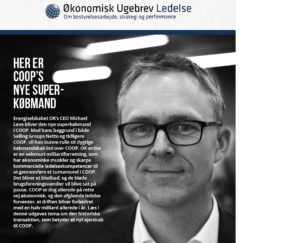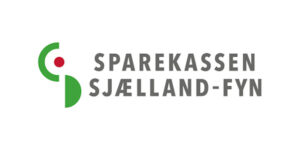Merril har sammenlignet industriselskaberne i forhold virksomheder generelt, fordi industriselskaberne har underperformed de seneste tre år. Men den situation er ved at slutte. Merrill anbefaler investorer et fokusere mere på industriselskaberne og især de højkvalitetets-selskaber, som Merrill definerer som selskaber med stærke regnskaber, robust cash flow, kompetent ledelse og en attraktiv forretningsmodel.
Industrials: Flash in the Pan or the Next Superstar?
As we consider the prospects for a continuation in industrial outperformance, we have to
pay attention to the macro backdrop that is typically present during periods of broad and
strong industrial sector outperformance. Industrial stocks typically outperform when the dollar is weakening, commodity prices are rising, the yield curve is steepening, and inflation expectations are rising.
These conditions are the greatest tailwind to the more cyclical portions of the sector, such as machinery and industrial equipment stocks. The last time we saw these macro conditions was 2016-2017, and that was the last time the industrial sector outperformed the market for an extended period of time.
To illustrate this relationship, consider the relative performance of machinery stocks compared to the Base Metals Index in Exhibit 4 and note the improvement in stock performance as we have seen commodity prices recover in recent weeks. Early signs of improvement in the other macro conditions have emerged since the mid-May relative low for industrials, supporting the outperformance experienced since that time.
Exhibit 4: Machinery Industry vs. S&P 500 and Base Commodities Index

Bloomberg Base Commodities Index Machinery/S&P 500
Looking at valuations, on an absolute basis industrial stocks are trading near record high
multiples on next year earnings. At 19x 2021 earnings, which already contemplate a
rebound in earnings from the 2020 lows, industrials haven’t been this expensive since
the end of 2017, which was followed in 2018 by a sharp reduction in multiples and
significant industrial underperformance.
The key difference is that relative to the market, industrials are trading at a 3% discount today, below the 10-year average of parity with the market and the 5% premium typically reached during expansionary industrial activity period, such as 2016 and 2017.
So given the depressed starting point for industrials and indications that the
fundamental and macro data are becoming more supportive, how should investors be
positioned to take advantage of the potential for improving industrial performance?
The first step is to maintain a commitment to staying high quality, as defined by
strong balance sheets, robust free cash flow generation, adept management teams and attractive business models.
Though lower-quality names can rebound the most in the early days of a recovery, usually as liquidity and solvency risks abate, this outperformance can be short-lived as the reality of elevated leverage and structural industry challenges persist into the next cycle. Quality tends to compound value through cycles, which is the ultimate goal for long-term investors.
From this selection of quality companies, the next step is to add cyclicality. This can be
achieved through select machinery names, which are starting to see forward indicators,
such as orders, start to stabilize and, as mentioned above, are sensitive to rising
commodity prices. Further, machinery companies tend to reflect optimism for longawaited infrastructure spending.
Multi-industry and industrial equipment companies may also be used to add cyclicality, looking for names that have exposure to more challenged end markets that have the most room to recover, such as auto, consumer electronics, general industrial and even oil and gas. Many of these multi-industry names also have exposure to end markets that have remained and likely will continue to be robust, such as pharmaceutical, semiconductor and certain automation.
Rails are considered another way to add cyclicality, as these high-margin, partial-monopoly businesses typically see volumes return and earnings rebound as the economy recovers.
Powerful rallies in some of the lowest-quality and/or most structurally challenged
industries, such as commercial aerospace and airlines, could be used opportunistically
to reduce positioning. Outside of the cyclical cohort, on defense contractors, even
though the industry has outperformed substantially year-to-date, the stocks are trading
at a historically wide discount to the market on 2021 earnings, possibly indicating that
election and budget risk are already being priced into shares. We note that defense
contractors, which are typically countercyclical, tend to lag when more cyclical portions
of the industrial sector start to outperform.
All in all, we see early signs that the industrial sector’s three-year string of
underperformance has the potential to come to an end, allowing for the addition of
cyclicality to portfolios while remaining high quality to support long-term returns.







